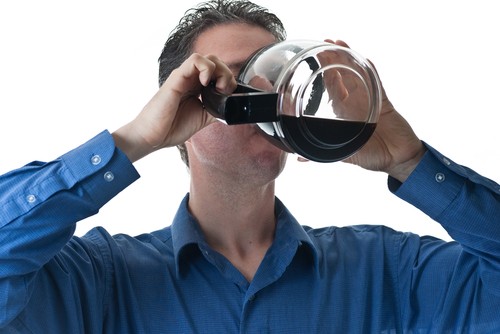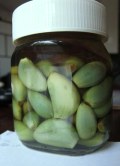 The Pale Blue Dot is a photograph of planet Earth taken in 1990 by NASA’s Voyager 1 spacecraft (launched 1977) when it reached 6 billion kilometres (3.7 billion miles) from Earth in 1990. In the photograph, Earth is shown as a tiny dot (0.12 pixel in size) against the vastness of space. The Voyager 1 spacecraft, which had completed its primary mission and was leaving the Solar System, was commanded by NASA to turn its camera around and to take a photograph of Earth across a great expanse of space, at the request of Carl Sagan.
The Pale Blue Dot is a photograph of planet Earth taken in 1990 by NASA’s Voyager 1 spacecraft (launched 1977) when it reached 6 billion kilometres (3.7 billion miles) from Earth in 1990. In the photograph, Earth is shown as a tiny dot (0.12 pixel in size) against the vastness of space. The Voyager 1 spacecraft, which had completed its primary mission and was leaving the Solar System, was commanded by NASA to turn its camera around and to take a photograph of Earth across a great expanse of space, at the request of Carl Sagan.
You can learn more about the NASA image here. The sound with which the song fades is a snippet from the NASA Voyager 1 audio repository with a little added digital delay echo just for fun. I hope it evokes the feeling of Voyager racing endlessly away from our planet. At the time of writing, the space probe was almost 18.5 billion kilometres from Earth, about 125 times the distance from the Earth to the Sun.
I’ve written a song about our Pale Blue Dot, which you can hear via my Songs, Snaps & Science site or on my SoundCloud page.
Pale Blue Dot
Although I know that the world keeps turning
It never stops, my stomach’s churning
But, I worry about how much we’re burning
The fantasy of a global village
We pull together in some kind of New Age
But there are those set on rape and pillage
I took a trip, a billion miles I was to roam
Looking back on the place that we call home…
This old planet is broken in two, f you like it or not
Some with panic deep in their hearts, Others won’t stop the rot
This old planet is broken anew, If you like it or not
But, I’m worried about it, our pale blue dot
Although I know that we can heal the divides
It will take time coming up to size
Beyond our world, she won’t hear our cries
Something happened and we don’t know why
When we look up, we can’t see the sky
And in the end, it means we just might die
This old planet is broken in two
Whether you like it or not
There is panic deep in our hearts
I’m just worried about you, our Pale Blue Dot



